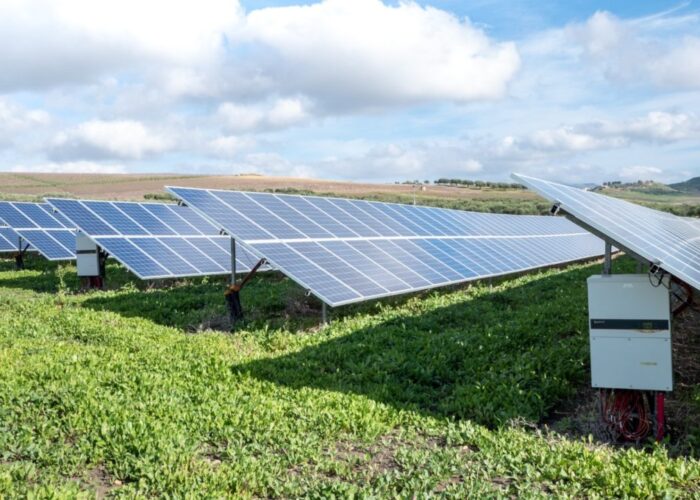The University of New South Wales (UNSW) and PV Lighthouse have officially announced the development and operation of the world’s first free access online solar cell fabrication simulator, designed to replicate real world production processes.
Dubbed PV Factory, the solar cell fabrication simulator processes virtual wafers through twelve production steps and provides the user with the electrical output of each solar cell and is being used by engineering students at UNSW, Arizona State University and engineers across the PV industry.
Unlock unlimited access for 12 whole months of distinctive global analysis
Photovoltaics International is now included.
- Regular insight and analysis of the industry’s biggest developments
- In-depth interviews with the industry’s leading figures
- Unlimited digital access to the PV Tech Power journal catalogue
- Unlimited digital access to the Photovoltaics International journal catalogue
- Access to more than 1,000 technical papers
- Discounts on Solar Media’s portfolio of events, in-person and virtual
“One of the key goals of this project is to improve the education of solar engineers which should lead to better and lower cost solar technologies for the future,” said Richard Corkish, senior lecturer from UNSW and Chief Operating Officer of ACAP.
“Anyone with an interest in solar technology can log on and experiment with the software.”
PV Factory was said to integrate sophisticated physics algorithms into a software package that is easy to use and understand, which has been demonstrated by over
500,000 virtual cells processed during beta testing.
UNSW and PV Lighthouse also said that further development of PV Factory is being driven by a collaborative effort between universities and industry and expects increased adoption.
Development is expected to include more production lines and greater flexibility to adding and reordering process steps. More advanced fabrication algorithms are expected to support the upgrades, including providing larger batch sizes and statistical analysis as well as an interface that allows academics and industry to contribute their steps and algorithms.
The program is being supported by US$33.1 million funding from the Australian Renewable Energy Agency (ARENA).
Free registration is simple and quick and endless hours of fun can be had here and includes a leader board of the top 20 cells fabricated.







